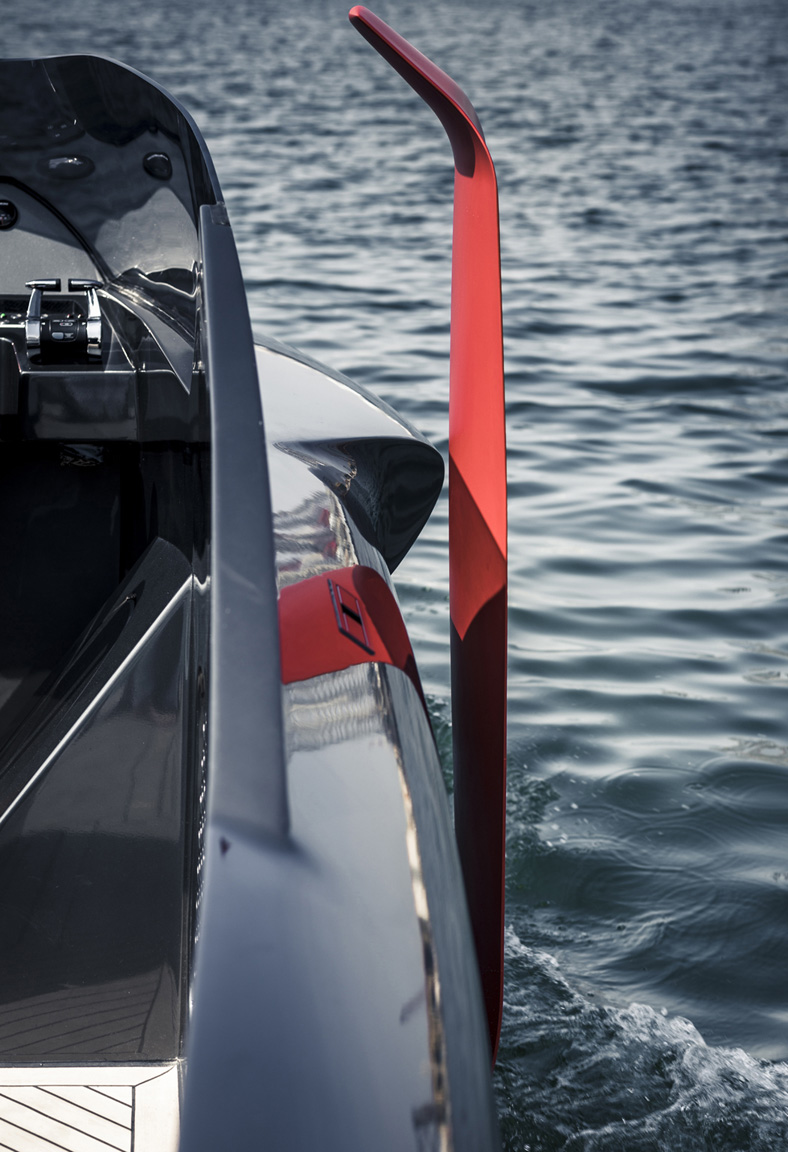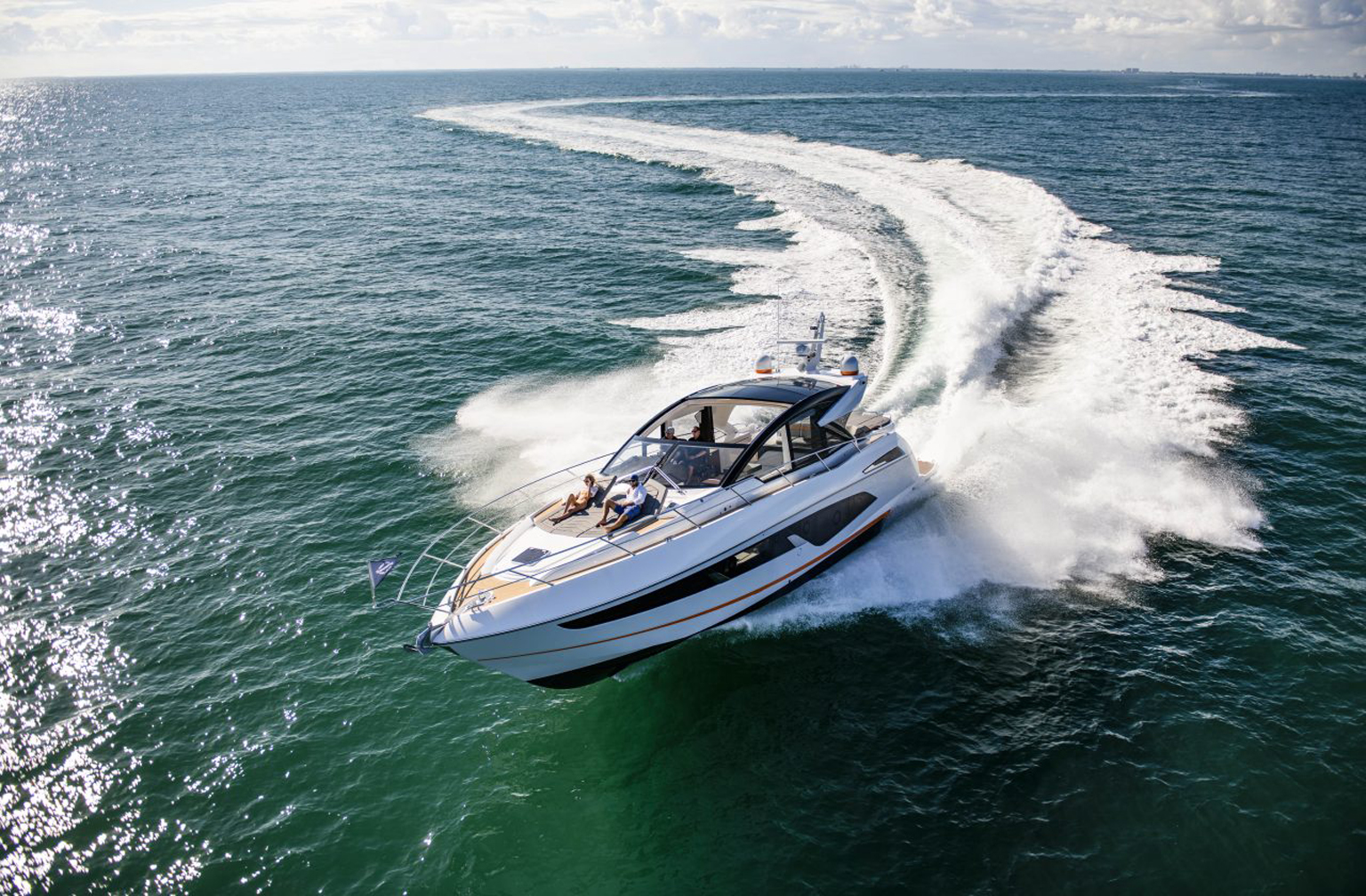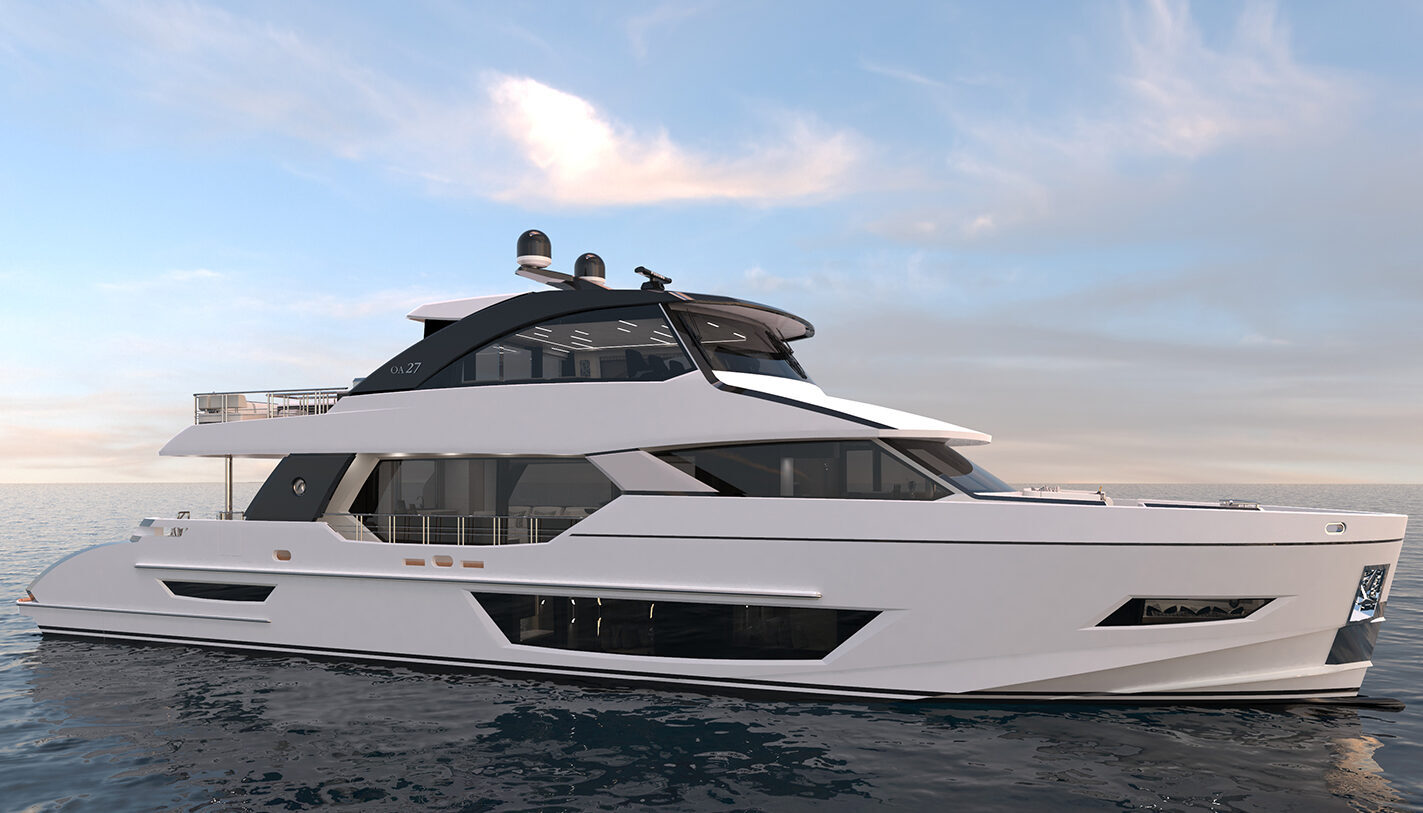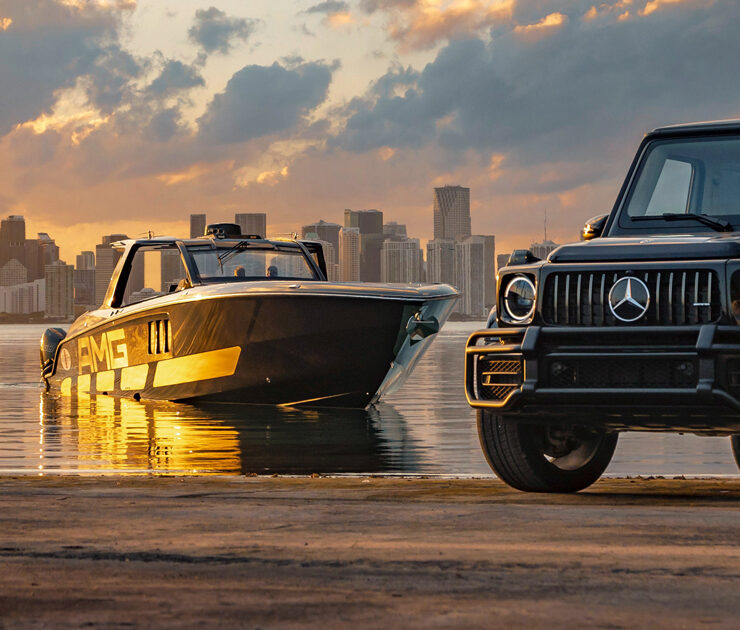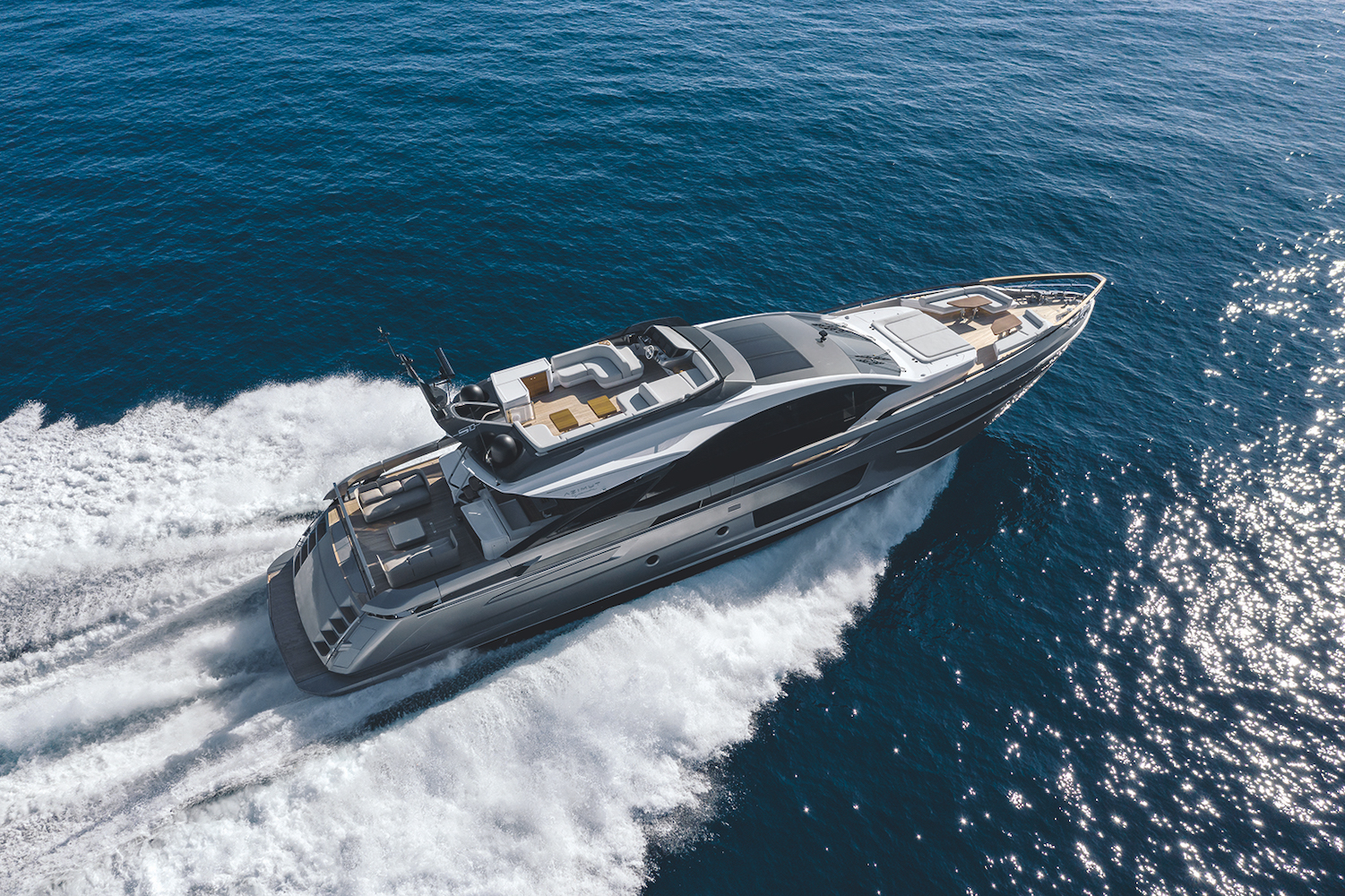The Age of Hydrofoils Goes Recreational
Lift off.
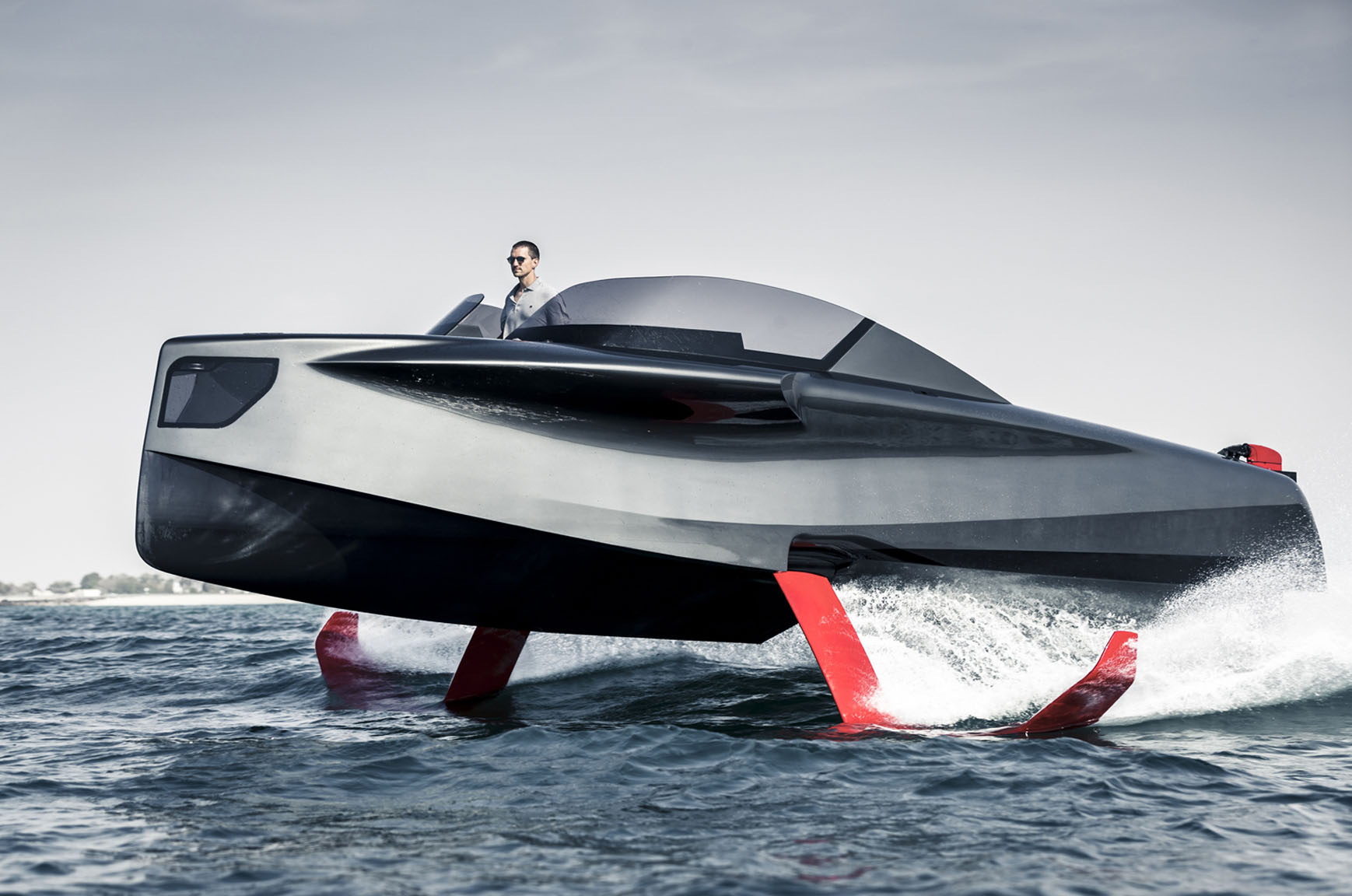
Photo superyacht Oceanco © Guillaume Plisson
Think “flying boat” and if you’re like me, you may immediately picture a propeller-driven, Art Deco airplane from the 1930s – something like the iconic Pan Am Clippers that ferried VIPs across the vast expanses of the South Pacific.
But today, thanks to the soaring popularity of international sailing races like the recently-concluded Vendée Globe and the upcoming America’s Cup, flying boat means the high-tech hydrofoils that have taken racing to new heights – literally. With spider-like arms extending from the sides of the boats and down into the water, these cutting-edge hydrofoils allow racers to lift the vessel above the water’s surface and literally fly over the waves, reducing drag and reaching unprecedented speeds.
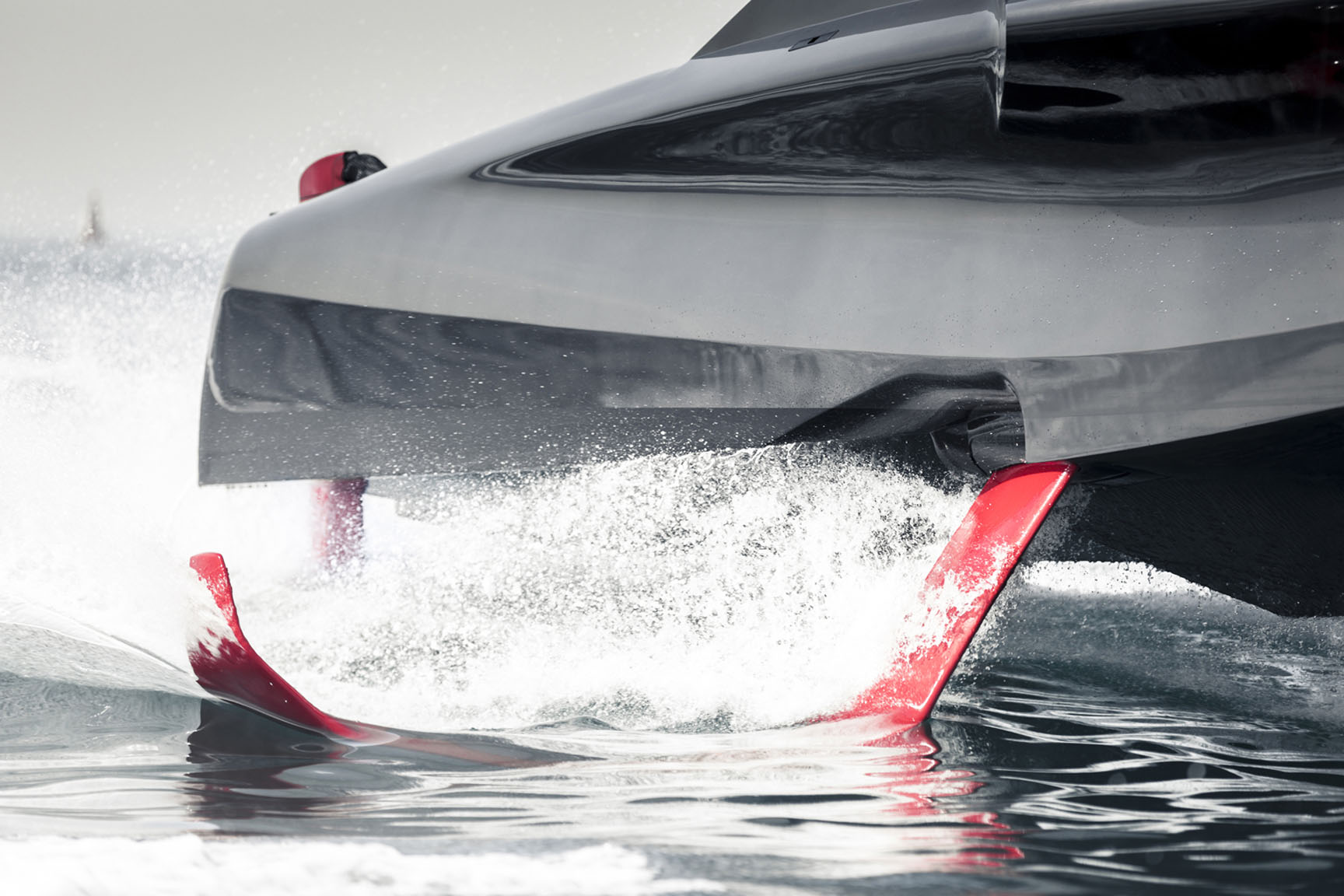
Now, you don’t have to be a competitive offshore racer to enjoy the sensation of flying over water. A Swiss engineering company named Enata aims to take hydrofoiling mainstream with its Foiler.
Riding on four hydrofoils that extend like wings at the touch of a button, the Foiler is a luxurious motor launch that moves 1.5 metres above the waves for a silky-smooth ride, even in lumpy seas. Forget about pounding from one wave to the next; as the Foiler slices over the chop for a serene, riders have a comfortable experience as they crank along at speeds of 18 knots or more. As occupants of other boats nearby hang on tight, you can glide above it without even worry about spilling your drink.
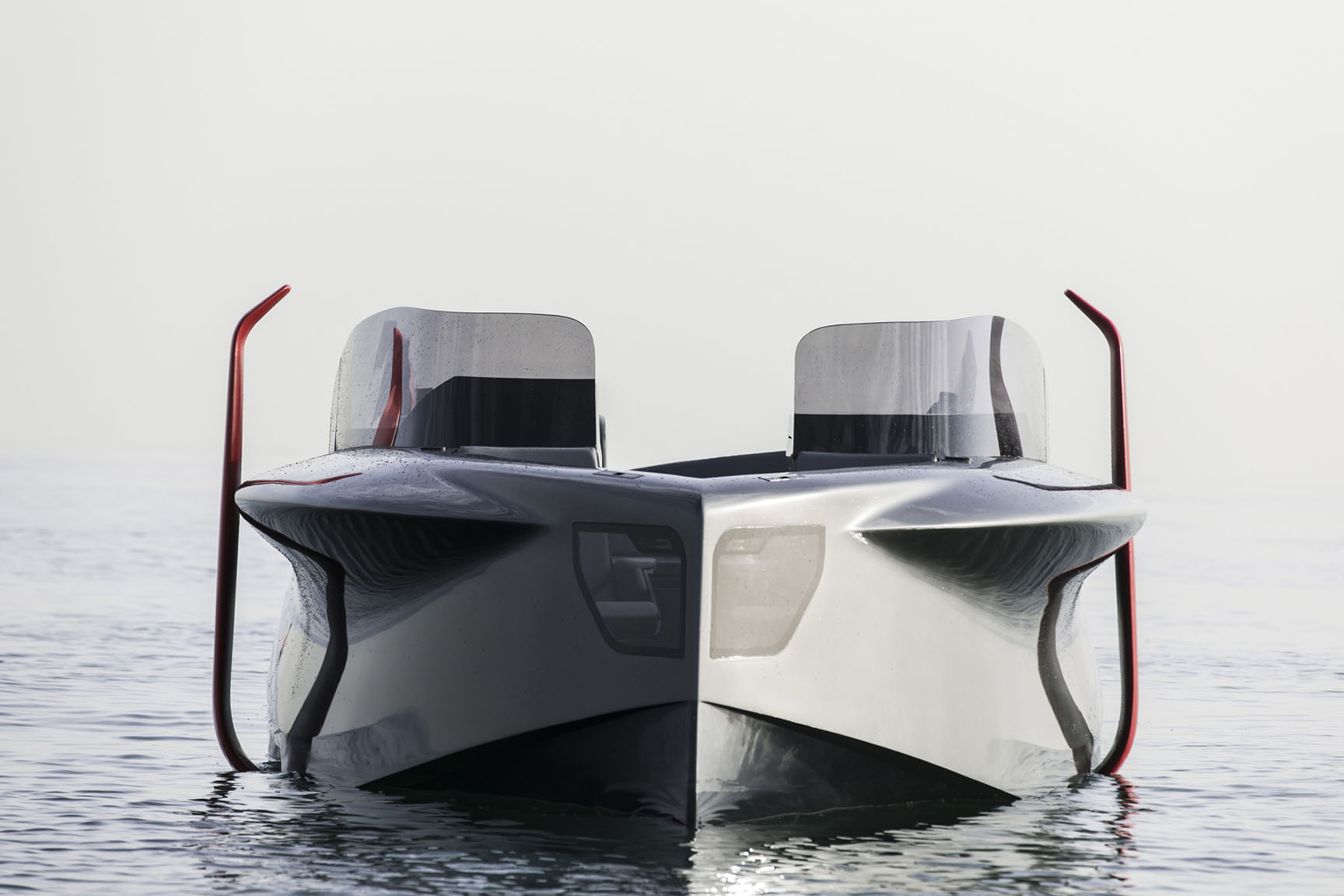
The New Zealand team shocked with the world with their foil technology in the 2013 America’s Cup, changing the event forever. Tempering the same technologies with Swiss engineering, Enata has invested more than 10,000 hours of pre-production testing to fine-tune every aspect of the Foiler’s design. Its flexible wings absorb any disturbance on water’s surface to create the boat’s signature smooth ride, allowing passengers to leave seasickness on the dock.
There’s more to the Foiler than just an unusually smooth ride. Its Active Stability Mode enhances ride comfort by introducing a small level of tilt when turning, in order to counteract any natural G-force. Based on similar systems used in luxury cars, the system can be turned off for those who prefer a more raw, sporty sensation at the wheel.
Ride comfort is electronically controlled, drawing data from the 54 smart sensors which monitor port and starboard foil angles, water pressure, exhaust temperature, and more. Onboard systems are monitored and controlled through a large central touch screen display at the helm, or you can keep tabs on things remotely by using the Foiler’s “Wingman” control system. The system analyzes data gathered by the sensors in real time using its unique artificial intelligence system, making operational recommendations to the pilot that will optimize performance while preventing unnecessary wear and tear on the boat.
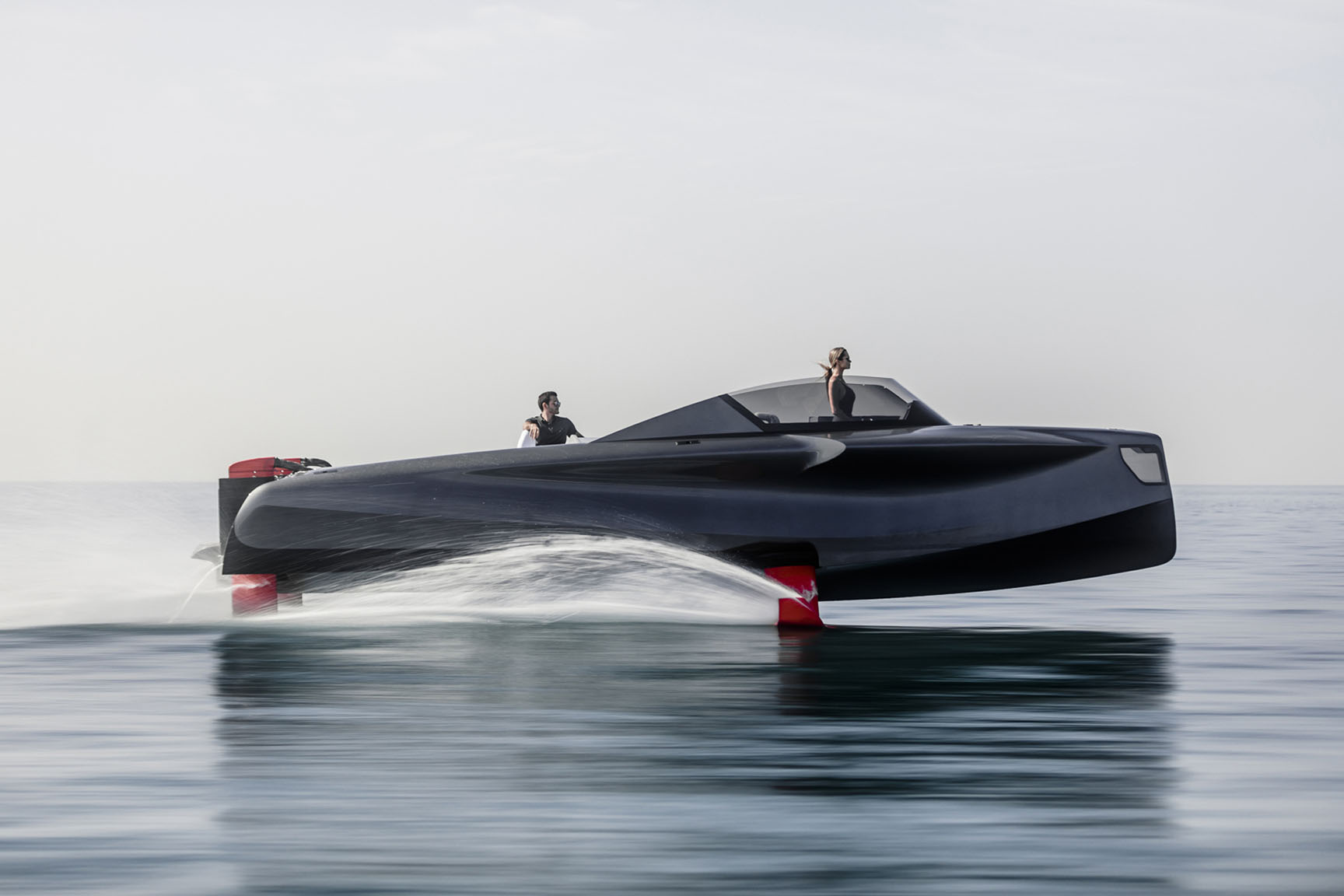
Acceleration is effortless thanks to the Foiler’s twin marine diesel V8s that generate 740 horsepower. Because there’s no noise from the hull dragging against the water, the Foiler is surprisingly quiet underway, while the reduction in drag allows it to reach top speeds in excess of 40 knots all while operating with smaller engines than one would need on similarly-sized boats with conventional hulls.
Arrive at your destination and the touch of a button retracts the foils to rest in line with the boat’s hull, allowing the Foiler to function like any other boat and navigate very shallow waters. The transmission can be tipped to further reduce the clearing height of the Foiler, making it easy to stow in a superyacht’s garage.
Of course all of that high tech doesn’t come cheap – the Foiler carries a base price of around $900,000 USD, while options can easily push the boat well into seven figures. But for now at least, you’ll have something few others have ever even seen. And isn’t that the point after all?
